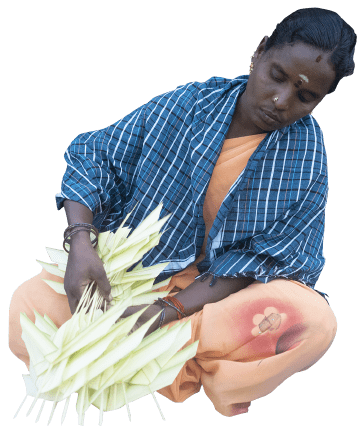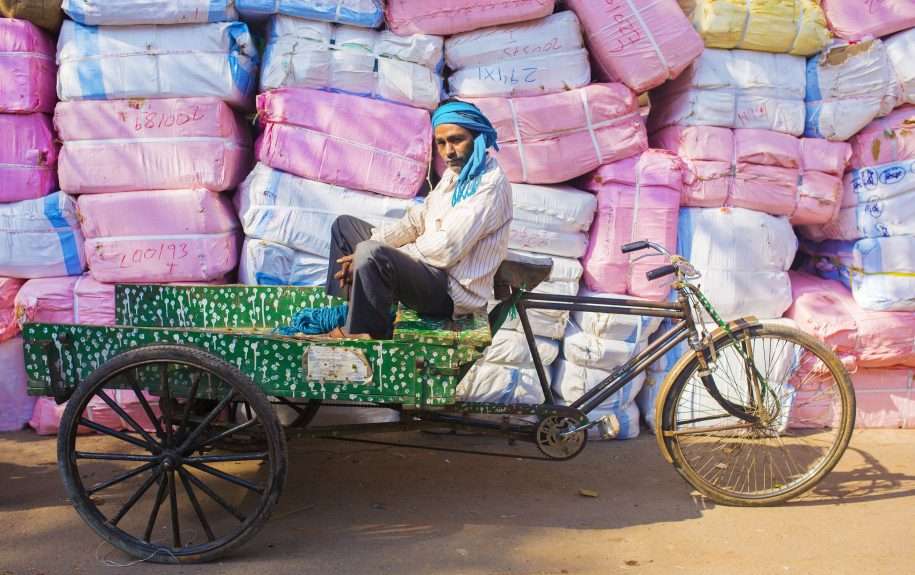“I don’t earn enough to save!”, “I have too many debts!”, “I think savings require a huge amount to be set aside”. How often do one come across these statements? In my experience as well as from what I have … Read More
-
 BlogFollow our blog for insightful analysis and expertise on development
BlogFollow our blog for insightful analysis and expertise on development
trends, policies and evidence.
Can “Text Messages” from the Bank Help you Save More?
LEAD Research Team | November 2, 2012
Courtesy: First Southern National Bank Barring a few committed ones, we all struggle to save more towards our future expenses, vacation expenses, retirement savings, kids’ college tuitions and so on. Reasons cited by literature range anywhere from lack of self-control, … Read More
Analyzing the BC Model (Part III) Why isn't it Working? – Asymmetry Between the Model and Agent/Client Needs
LEAD Research Team | November 1, 2012
In ourfirst post in this series, we discussed the key advantages of the BC model and the reasons that it should succeed as an apex financial inclusion tool. However, as we stated in our second post, the model has not been performing … Read More
Analyzing the BC Model (Part II) Why isn’t it Working? – Dormancy of No-Frills Accounts
LEAD Research Team | October 29, 2012
[Terminology Used: Agents or Customer Service Points (CSPs) – Individuals, shops or other outlet points responsible for direct contact with clients. They open bank accounts, check Know Your Customer (KYC) requirements, carry out money transfers and transactions and in some cases, extend … Read More
Analyzing the Business Correspondent Model (Part I) – Why BCs?
LEAD Research Team | October 25, 2012
Today, we begin a series on the Business Correspondent (BC) model based on findings from CMFs on-going studies and external research on the sector. For starters, what are the particular advantages of using information and communications technology (ICT) based correspondents … Read More
Treated Bednets – Dealing with Mosquitoes: Where is the Problem?
LEAD Research Team | October 24, 2012
Well, this week has been festive not just as per the Indian calendar alone, the weather in Madras has been rather pleasant with consistent rainfall. However, consistent rainfall in India does have its share of problems that it brings – … Read More
Hand in Hand- Profile of CMF's Partner Organisation
LEAD Research Team | October 19, 2012
The following blog intends to familiarize our readers with the kind of partner organisation, CMF works with. The references of these articles have been taken from the HiH annual report. Picture Courtesy: Hand in Hand website Hand in Hand … Read More
Remembering the Field
LEAD Research Team | October 18, 2012
Drawing by Samira Jain I have not taken any photos of any of my field experiences in Bihar, mostly due to an inexplicable sense of discomfort in taking photos of people and their surroundings (even when they’re not study respondents … Read More
Re-imagining Policy
LEAD Research Team | October 17, 2012
India’s public expenditure on agriculture is one of the highest in the Asian region; yet, agricultural productivity remains relatively low. The main policy instrument used for domestic agriculture seems to be focus on some form of a subsidy. More than … Read More
Tick Tock, Preference Shock
LEAD Research Team | October 16, 2012
The previous blog about the ongoing project in Satara, “Economics and Psychology of Long Term Savings and Pensions” was an introduction to why time-preference inconsistency is important and how it may manifest itself. The current blog will attempt to describe … Read More
- « Previous Page
- 1
- …
- 19
- 20
- 21
- 22
- 23
- …
- 25
- Next Page »














